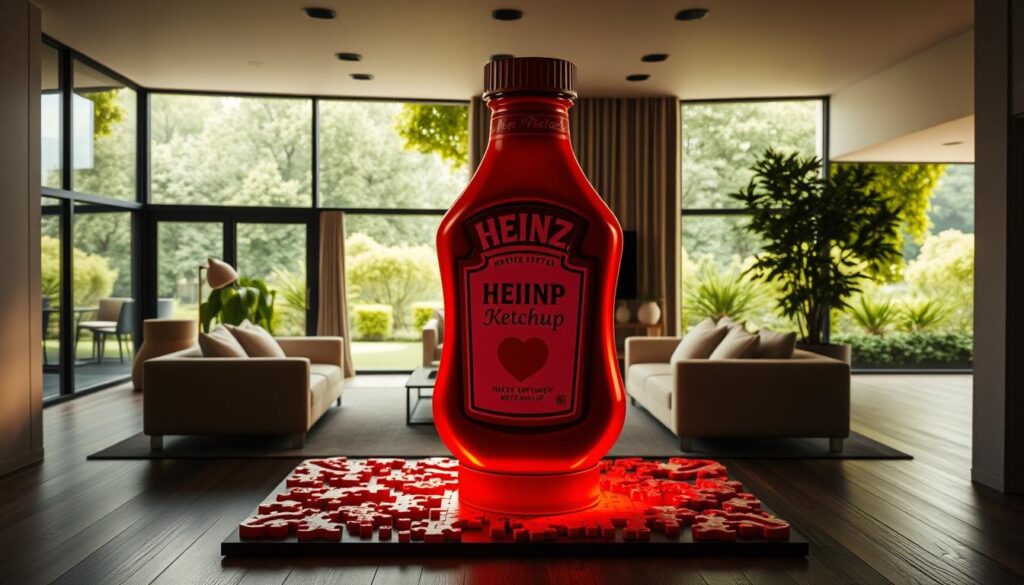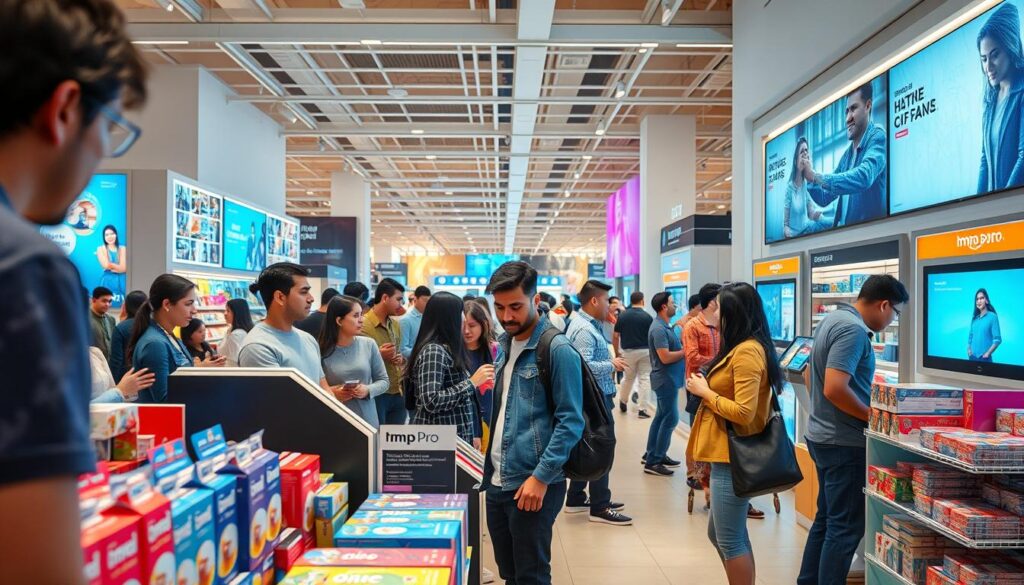
Imagine starting the year 2020 with a unique challenge: a puzzle so slow, it became a sensation. During the early days of the pandemic, Heinz Canada launched a creative marketing campaign that captured the attention of many. The centerpiece? A ridiculously slow puzzle designed to keep people engaged while at home.
This innovative idea tapped into the growing trend of puzzle-solving during lockdowns. With households looking for ways to pass the time, Heinz offered a fun and nostalgic activity that resonated deeply. The campaign not only eased boredom but also built anticipation for the return of live sports and social gatherings.
What made this campaign stand out was its strategic timing and creativity. By collaborating with platforms like DoorDash and Spotify, Heinz turned a simple puzzle into a multi-faceted experience. This approach not only boosted brand visibility but also created a sense of community during a challenging time.
In this article, we’ll explore how Heinz’s slow-pouring puzzle campaign became a talked-about moment in 2020. You’ll learn how the brand leveraged at-home experiences and partnerships to create something truly memorable.
Heinz’s “Ridiculously Slow Puzzle” Campaign: The Idea Behind the Buzz
In early 2020, as the world adapted to a new reality, a unique challenge emerged—one that would test patience and spark creativity. The centerpiece of this innovative marketing effort? A ridiculously slow puzzle designed to captivate and engage.
Concept and Inspiration in a Pandemic Context
The idea was born during a time when people were seeking ways to stay entertained at home. With its iconic slow-pouring ketchup as inspiration, the brand crafted a puzzle that mirrored the essence of its product—something that would take time to complete. This concept resonated deeply, offering both a fun activity and a nostalgic escape.
Engaging Consumers with a Unique Puzzle Experience
The campaign’s uniqueness lay in its simplicity and exclusivity. By releasing 57 versions of a 570-piece puzzle across 17 countries, the brand created a sense of scarcity. Consumers could win these limited-edition puzzles through Instagram contests, adding an element of excitement. The identical red pieces added a twist, making the puzzle both challenging and memorable.
This strategic approach not only kept people engaged but also positioned the brand as a creative force during uncertain times. Learn more about how brands like Kraft Heinz are leveraging e-commerce SEO strategies to enhance their digital presence and engage consumers effectively.
Innovative At-Home Experiences and Collaborations
As the world stayed home, Heinz found a way to bring the stadium experience to your living room. The brand extended its creative efforts by linking the at-home puzzle experience with a game day hot dog meal offer. This move not only kept people entertained but also brought a sense of normalcy during uncertain times.
Combining At-Home Puzzle Time with Game Day Treats
The campaign’s uniqueness lay in its ability to merge leisure with everyday activities. By offering hot dog bundles through DoorDash, Heinz allowed fans to enjoy game day treats at home. The service fees from these deliveries were donated to the Jays Care Foundation, adding a charitable angle to the initiative. This strategic move not only satisfied cravings but also supported a good cause.
Strategic Partnerships with DoorDash and Spotify
To enhance the experience, Heinz collaborated with Spotify to create the “Heinz Sounds of Baseball” playlist. This playlist brought the ambiance of a live game into homes, making the at-home experience even more immersive. The combination of food, sound, and a challenging puzzle created a holistic engagement strategy that kept people entertained and connected.

This innovative approach by Heinz Canada showcased how brands can pivot during challenging times. By combining food, fun, and digital content, they provided comfort and connection when live events were canceled. Learn more about how brands like Heinz are leveraging retail therapy strategies and e-commerce SEO to enhance their digital presence and engage consumers effectively.
Creative Campaigns Amid Uncertainty in the Retail World
During the pandemic, brands had to rethink their strategies to engage consumers stuck at home. This period saw a wave of innovative campaigns that brought entertainment and comfort to people’s lives.

Heinz’s slow puzzle was just one example of this trend. Other brands like Burger King and IKEA also stepped up with unique initiatives.
Comparisons with Burger King and IKEA Initiatives
Burger King encouraged people to stay home with their “Stay Home of the Whooper” campaign, offering discounts to those who stayed indoors. Meanwhile, IKEA Russia provided instructions for building blanket forts, turning homes into cozy retreats.
These campaigns showed how brands could adapt to the new reality. By focusing on at-home activities, they helped consumers find joy in everyday life.
How Brands Pivoted During Lockdown: From Puzzles to Furniture Forts
Heinz’s puzzle and IKEA’s forts were part of a broader trend. Brands shifted from traditional promotions to interactive experiences that resonated with people at home.
These strategies acted as a form of retail therapy. They brought levity and connection during a time of physical distancing, reminding consumers they were part of a larger community.
For more insights on how brands adapted during the pandemic, visit our COVID-19 creative campaigns page.
Conclusion
In a year marked by uncertainty, Heinz Canada’s ridiculously slow puzzle became a beacon of creativity and engagement. This campaign not only captured attention with its unique challenge but also redefined marketing during unprecedented times.
By blending food, fun, and digital media, the brand offered a refreshing experience that felt both personal and global. The journey from a complex puzzle to inventive at-home experiences, paired with strategic partnerships, showcased a blend of marketing ingenuity and consumer-centric offers.
As you reflect on this campaign, consider how such creative strategies can transform challenges into engaging experiences. Heinz’s evolving approach—from puzzles to game-day treats—filled the void left by canceled live events, proving that innovative marketing can resonate deeply in both your home and the wider world.
For more insights on how brands like Heinz Canada are leveraging search engine optimization to enhance their digital presence, explore our resources on effective marketing strategies.

 How Heinz Created Buzz with a Ridiculously Slow Puzzle Campaig
How Heinz Created Buzz with a Ridiculously Slow Puzzle Campaig
0 Comment